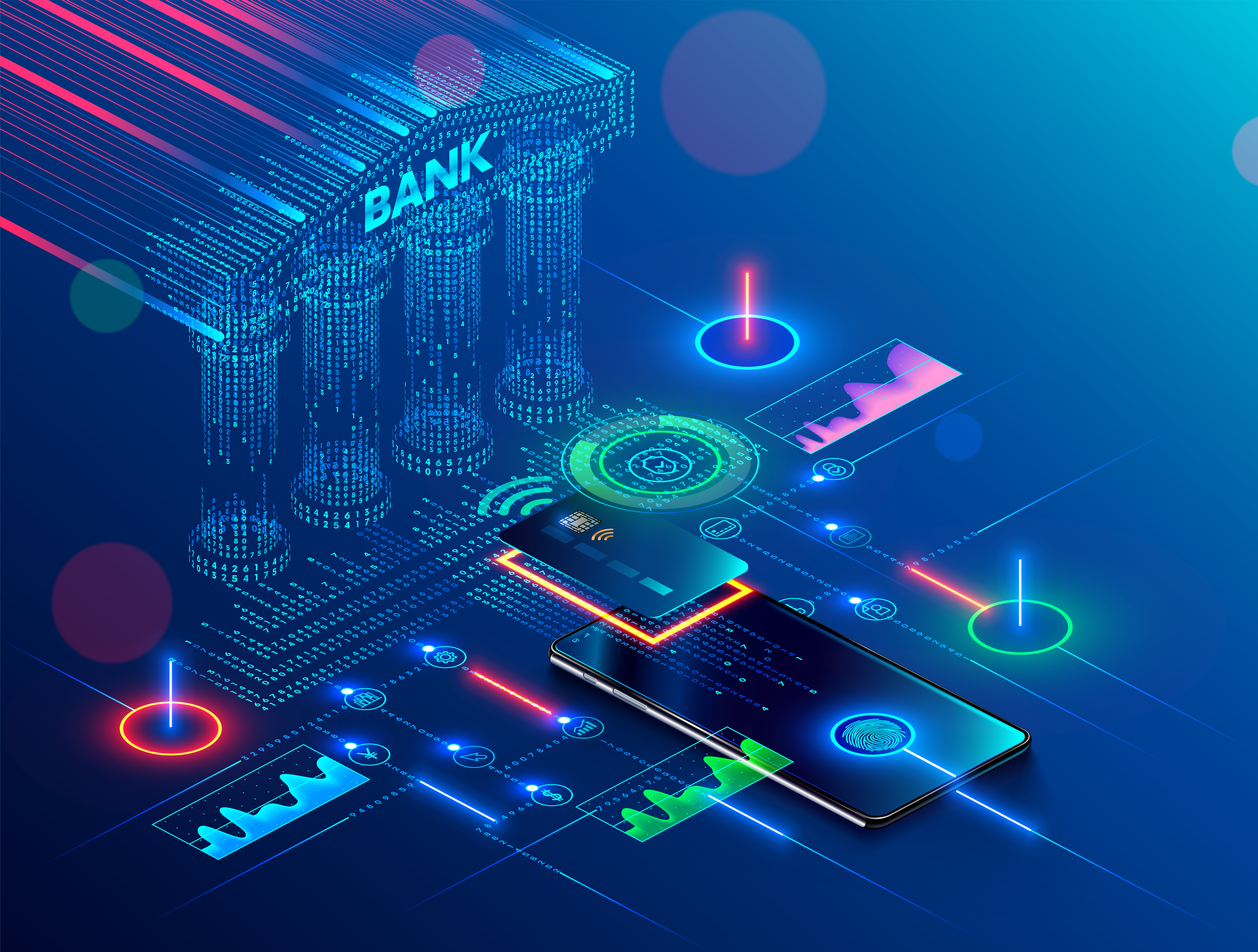The Increasing Importance of Fintech Partners to Financial Institutions and Their Customers
McKinsey and Company sat down with leaders on the front lines to talk about the need for -- and advantages of -- third parties to help financial institutions with data analytics, modernization of core technology, and extension of customer reach beyond traditional banking channels.
Joining the discussion were:
- Diego Caicedo, the cofounder and CEO of KLYM, a data-driven lender
- Sabrina Dar, chief of staff to the CEO at Mambu, which provides modern core banking technology
- Steve Naudé, managing director of foreign-exchange fintech Wise Platform
- Ray O’Brien, COO of Quantexa, which provides data analytics
- Benedikt Voller, the chief revenue officer of Raisin, a deposit brokerage platform
As noted in the article:

Increasingly, banks are seeing the relevance of focusing on their core capabilities while collaborating more with third parties in areas where they have no unique selling proposition. The many benefits include boosting first-time conversion rates for loan applicants while lowering customer acquisition costs and loan loss ratios.
According to our research, the cost of customer acquisition for a bank with a qualified lead can drop from around €4,000 to about €200, and conversion rates can increase from an average 15% to 50% or more. Already, embedded finance and banking as a service are becoming major distribution channels for financial products.
Discussion Highlights
Key takeaways include:
- The rapid growth of embedded finance and banking-as-a-service is increasing the need for partnerships between financial institutions and external providers.
- Partners can help banks build new products and services more quickly while focusing on their core capabilities.
- Emerging technologies like AI are also enabling more effective partnerships through improved integration, data sharing, and personalized customer experiences.
- However, partnerships require a clear business case, focus, trust, and a joint value proposition to succeed. As embedded finance grows, banks will increasingly rely on partners while concentrating on serving their core customer base.
In the discussion, Mr. Naudé focuses on integrations with core systems, something that is particularly important for financial institutions and their customers:
Maybe five years ago, one of the major blockers was banks’ core systems and their ability to integrate with external providers. It’s much, much easier for these institutions today to plug third parties into their systems and to integrate with external providers. That underlying complexity of the systems you’re integrating into becoming simplified is a game changer. The ability for banks and others to do these kinds of partnerships is maybe not a sexy, exciting, emerging technology, but that foundational change is having far more impact than we see day to day.

This is increasingly important when banks are modernizing their current payments, such as checks.
Integration of artificial intelligence and machine learning technologies to automate check processing streamlines operations for banks, while ensuring that customer payments are accurate. Additionally, these technologies can be leveraged for fraud detection to detect counterfeits, forgeries, and alterations to protect customer funds.
Ms. Dar notes that "It’s really about having the core functionality and then, as we see innovation in the market, having the ability to plug and play best-of-breed services into your core architecture. Speed is going to be what really impacts us the most."
Banks that can adopt new technologies to meet their customer needs will be most successful in the future.